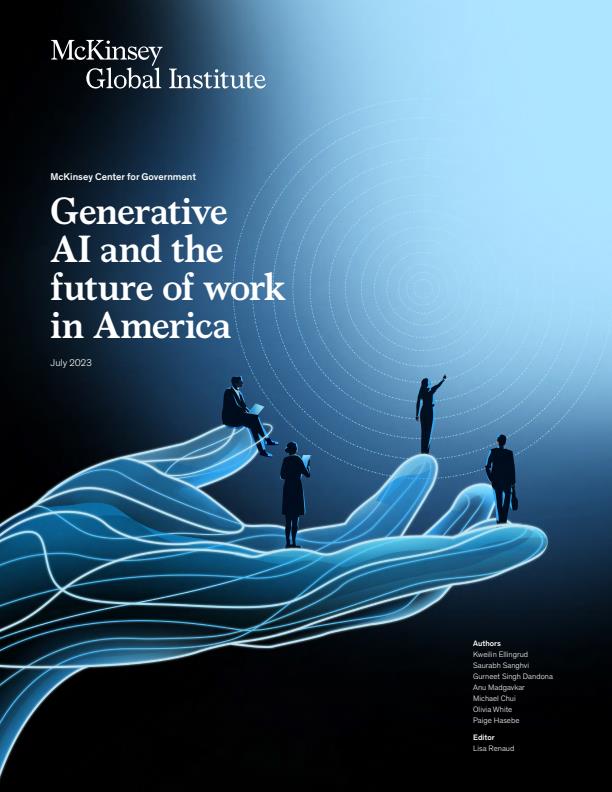By Marion Halftermeyer
August 15, 2023 at 4:40 PM GMT+8
Global household wealth fell last year for the first time since the financial crisis in 2008, as inflation and the appreciation of the US dollar wiped some $11.3 trillion off assets.
Total net private wealth across the world decreased by 2.4% to a total of $454.4 trillion, according to Credit Suisse’s annual global wealth report published on Tuesday. The bulk of the decline was felt in North American and European households, which lost a combined $10.9 trillion.
August 15, 2023 at 4:40 PM GMT+8
Global household wealth fell last year for the first time since the financial crisis in 2008, as inflation and the appreciation of the US dollar wiped some $11.3 trillion off assets.
Total net private wealth across the world decreased by 2.4% to a total of $454.4 trillion, according to Credit Suisse’s annual global wealth report published on Tuesday. The bulk of the decline was felt in North American and European households, which lost a combined $10.9 trillion.




